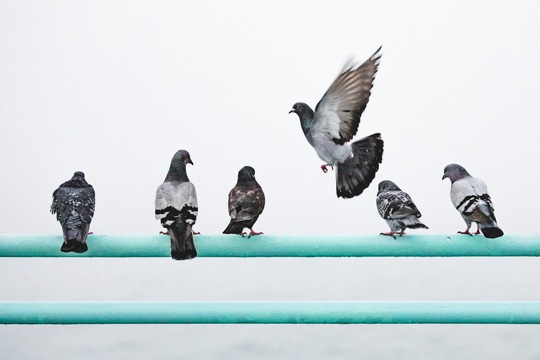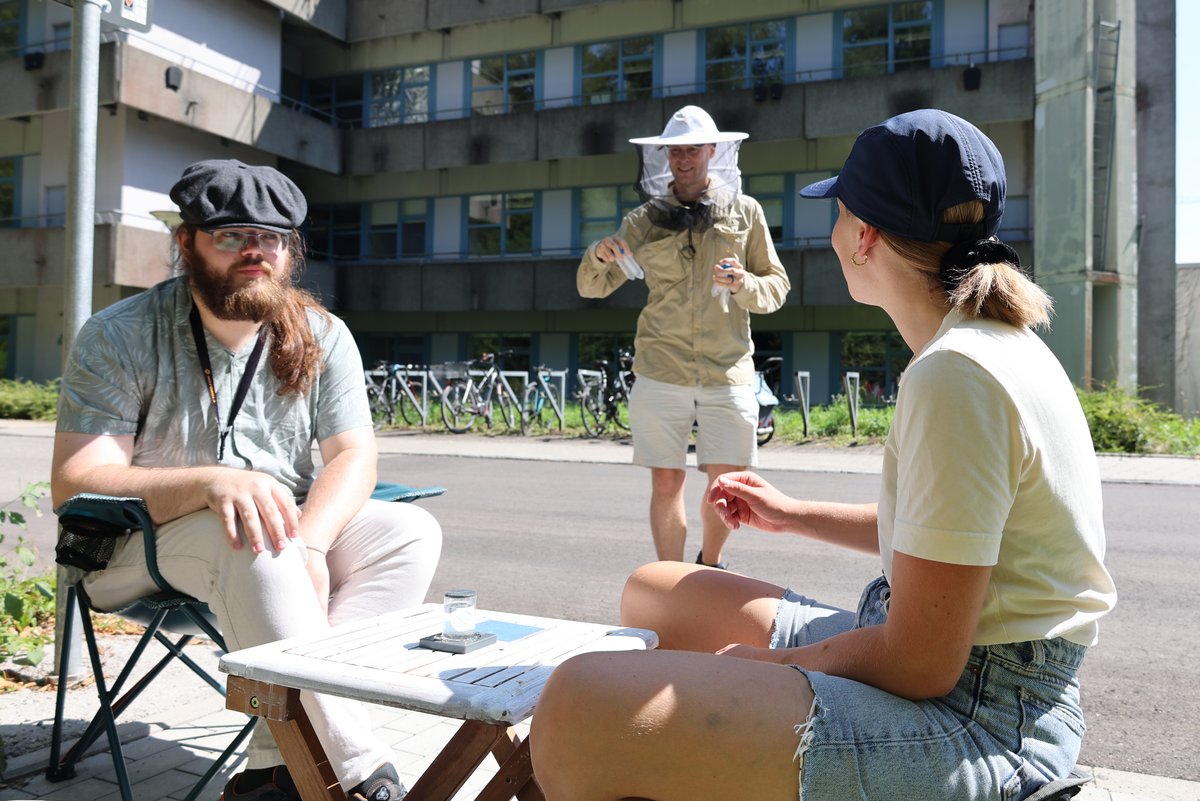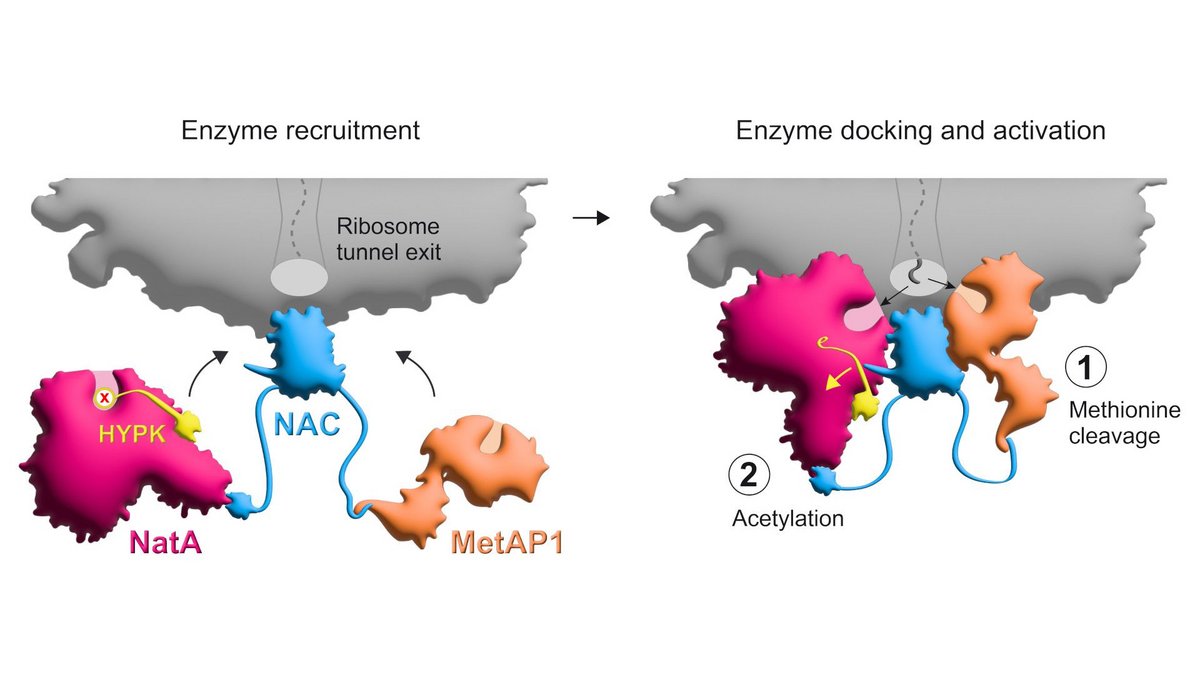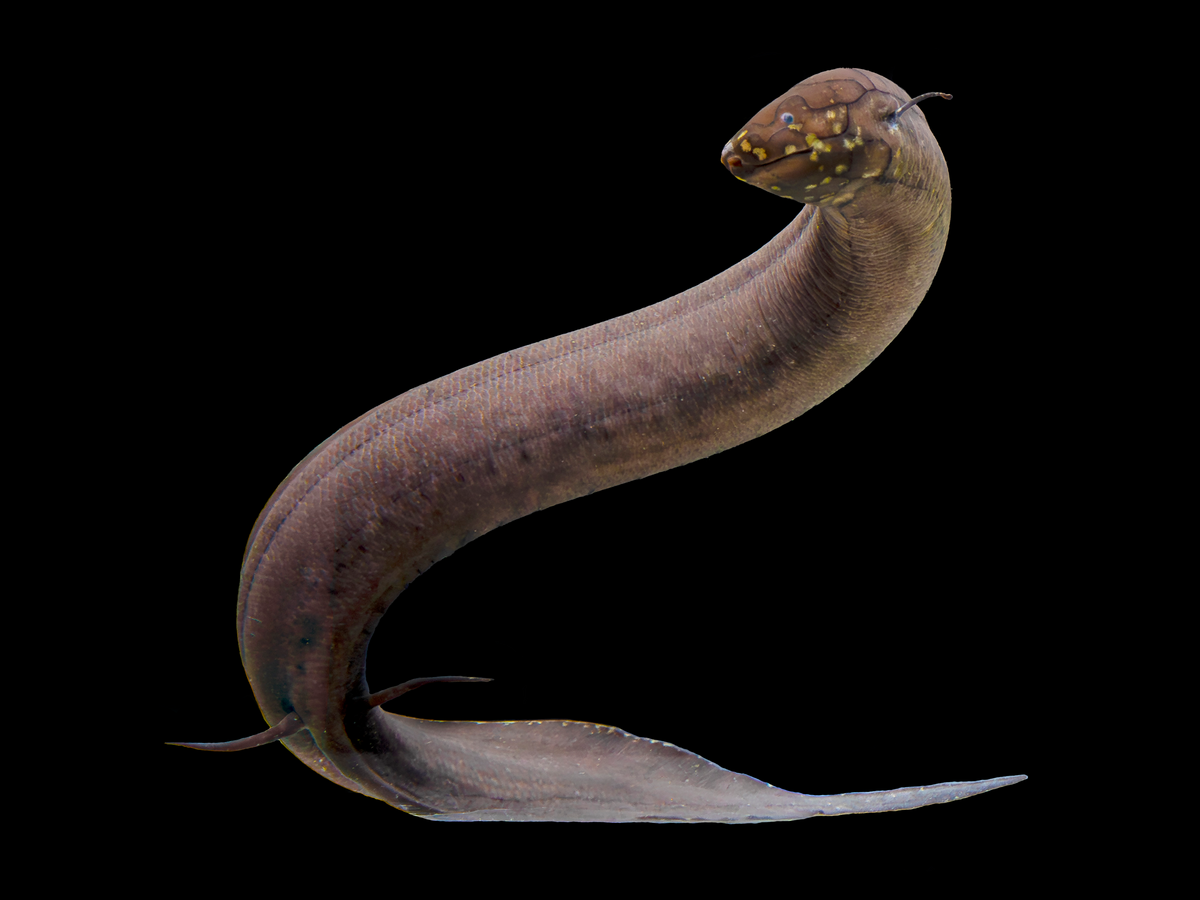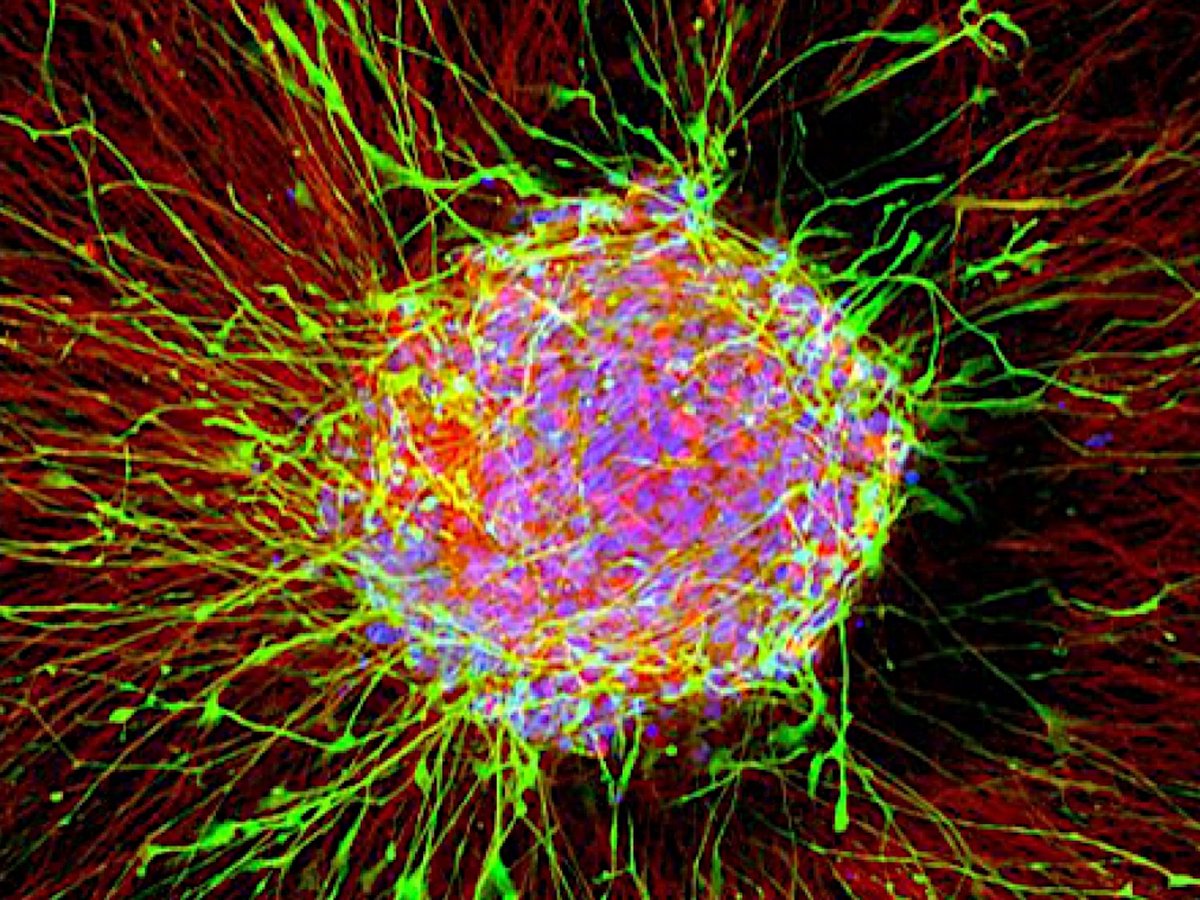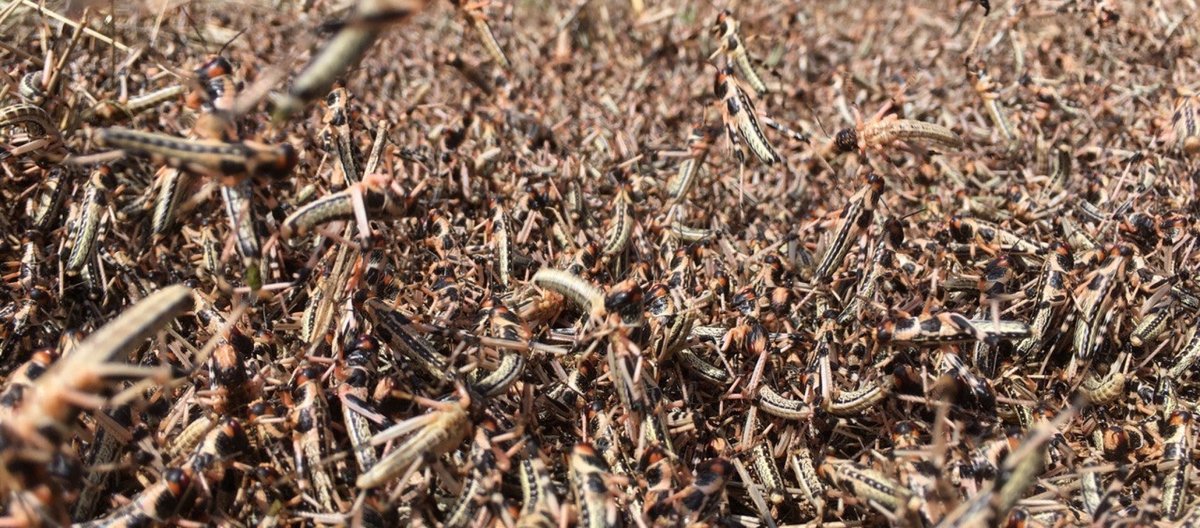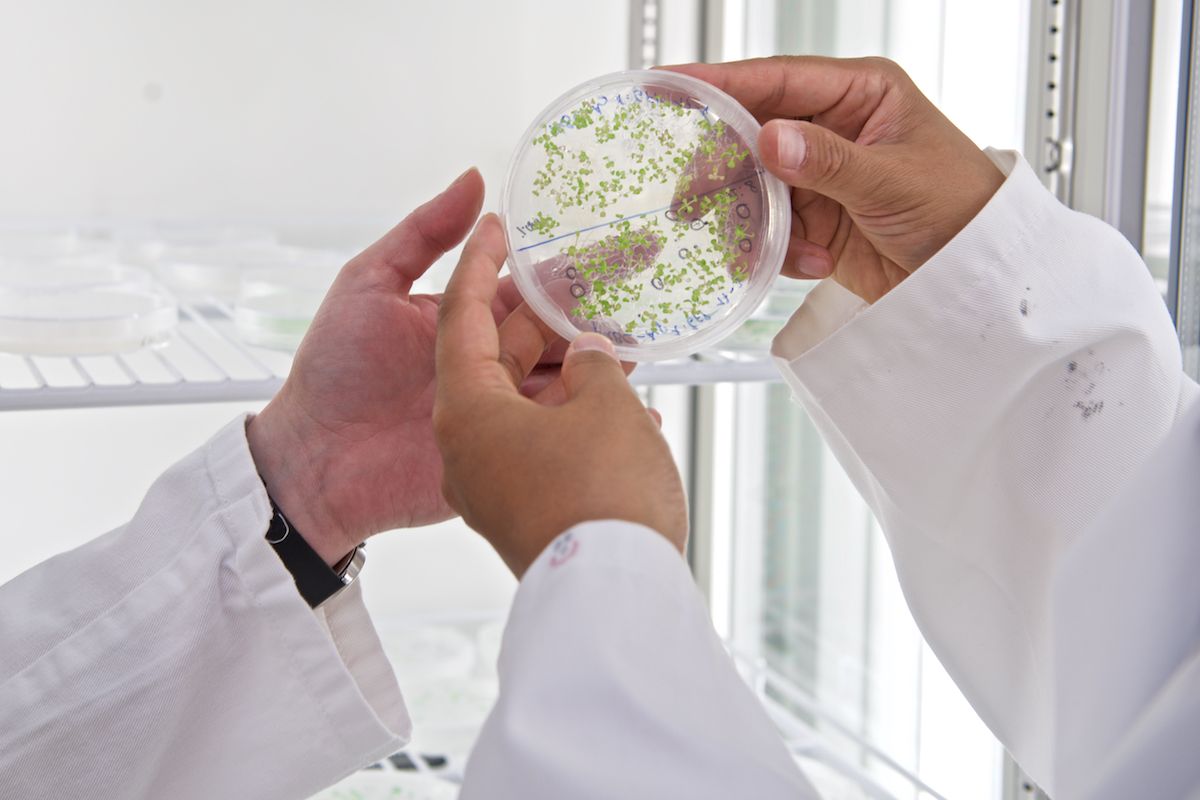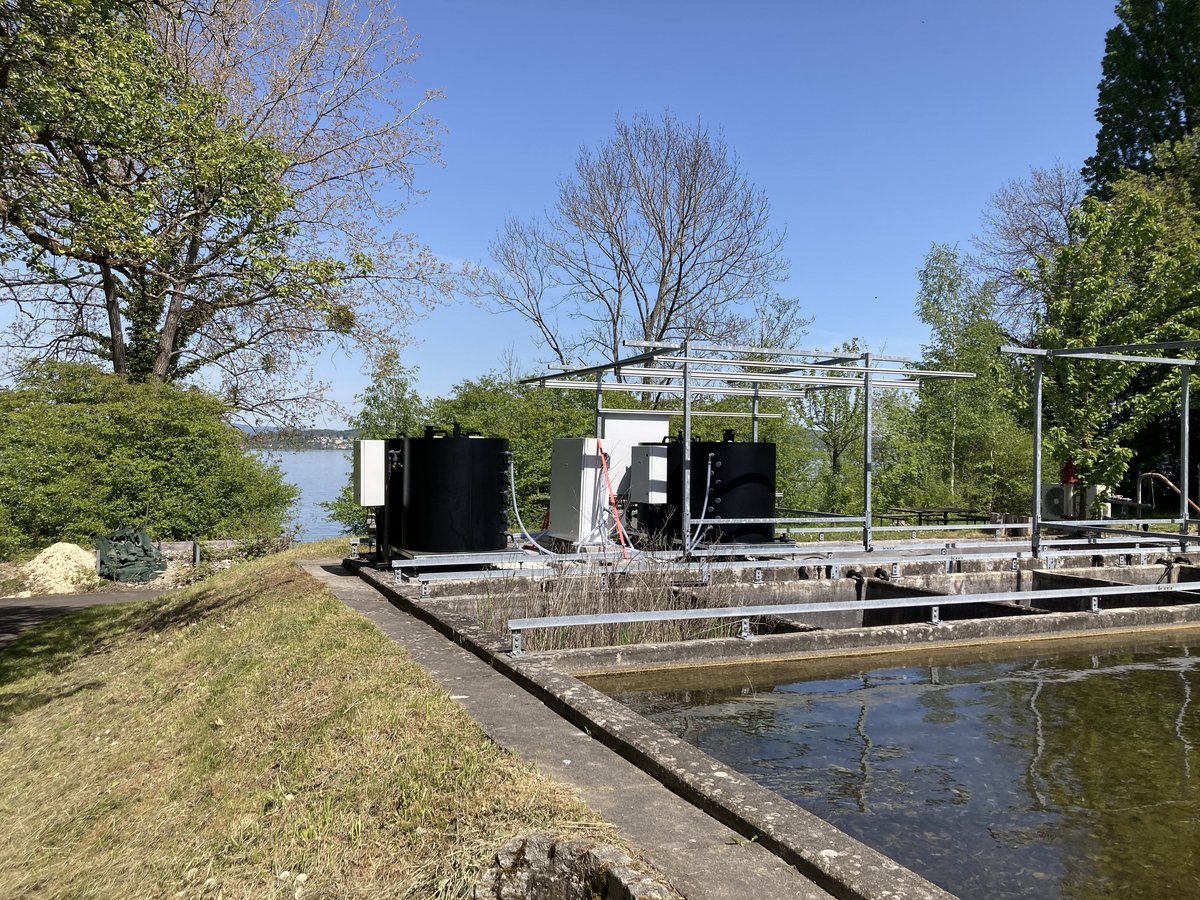![[Translate to Englisch:] [Translate to Englisch:]](/fileadmin/pi/fileserver/2024_EXTRA/Octopus.png)
Unlocking the secrets of multispecies hunting
Scientists have made extraordinary discoveries about how otherwise-solitary octopuses and various fish species coordinate their hunts: fish serve as guides, finding prey and flagging its location, and the octopus uses its flexible arms to capture the hidden prey.
Read more
